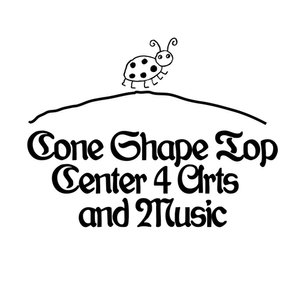
Cannibal Carnival - Julia VINOGRAD
Zeitgeist Press, 1996
Art by Deborah Vinograd
90 pages
black and white illustrations
Used
Late collection of verse by the well-known Berkeley street poet. From the collection of New York hipster impresario Israel "Izzy" Young, proprietor of the Folklore Center on Bleecker Street in Greenwich Village, an important nexus for Lower East Side bohemia throughout the late 1950s and 1960s.
Born in 1943, Vinograd got her BA at Cal and then earned an MA at the University of Iowa at the Iowa Writers Workshop. Her studies focused on poetry. Literary and creative influences that she cited include William Butler Yeats, Elinor Wylie, Federico Garcia Lorca (in English), Leonard Cohen (as a poet), and Yehuda Amichai. While at Cal, she was taught and inspired by Thom Gunn, Gary Snyder, and Josephine Miles. At Iowa, Vinograd says Paul Carroll “blew the lid off all my safety boxes.”
Vinograd returned to Berkeley in 1967 to find massive cultural and political changes in full swing. “Everyone had long hair, bare feet, bright clothes, and looked like they’d just stepped out of a tapestry.”
Telegraph Avenue was her stomping ground, her nation. She lived at the Berkeley Inn and spent her days at the Caffe Med, drinking coffee and watching the world pass by. She described the first years of writing in Berkeley: “I decided Telegraph was Desolation Row, and I liked it that way. I was in total culture shock. I scuttled around with my mouth and my notebook both open, staring at what I saw and trying to write everything down at once. I forgot about writing styles and just wrote. I didn’t want any of it to get away.”
The poetry continued, honoring the lost, the misfits, the downtrodden, the abandoned, the wild and the free. She was called a street poet. I am not sure what that means unless it means that she wrote about the street in the figurative sense of the lower socioeconomic strata. I know this – she was for decades part of Berkeley’s cultural DNA. She wrote 50 volumes of poetry, much of which is about Berkeley. She probably could only have existed in Berkeley.
And then there was Julia Vinograd, the bubble lady.
During the People’s Park uprising in May 1969, Vinograd was troubled by a sense of impending violence. She lived right on Telegraph Avenue, the artery that bled so profusely on May 15. In a moment that evoked Allen Ginsberg, Vinograd bought some bubble soap and went to Telegraph Avenue to blow bubbles. It set a tone. It helped defuse. And she did it for the rest of her life. She was known to generations of Cal students simply as The Bubble Lady.



